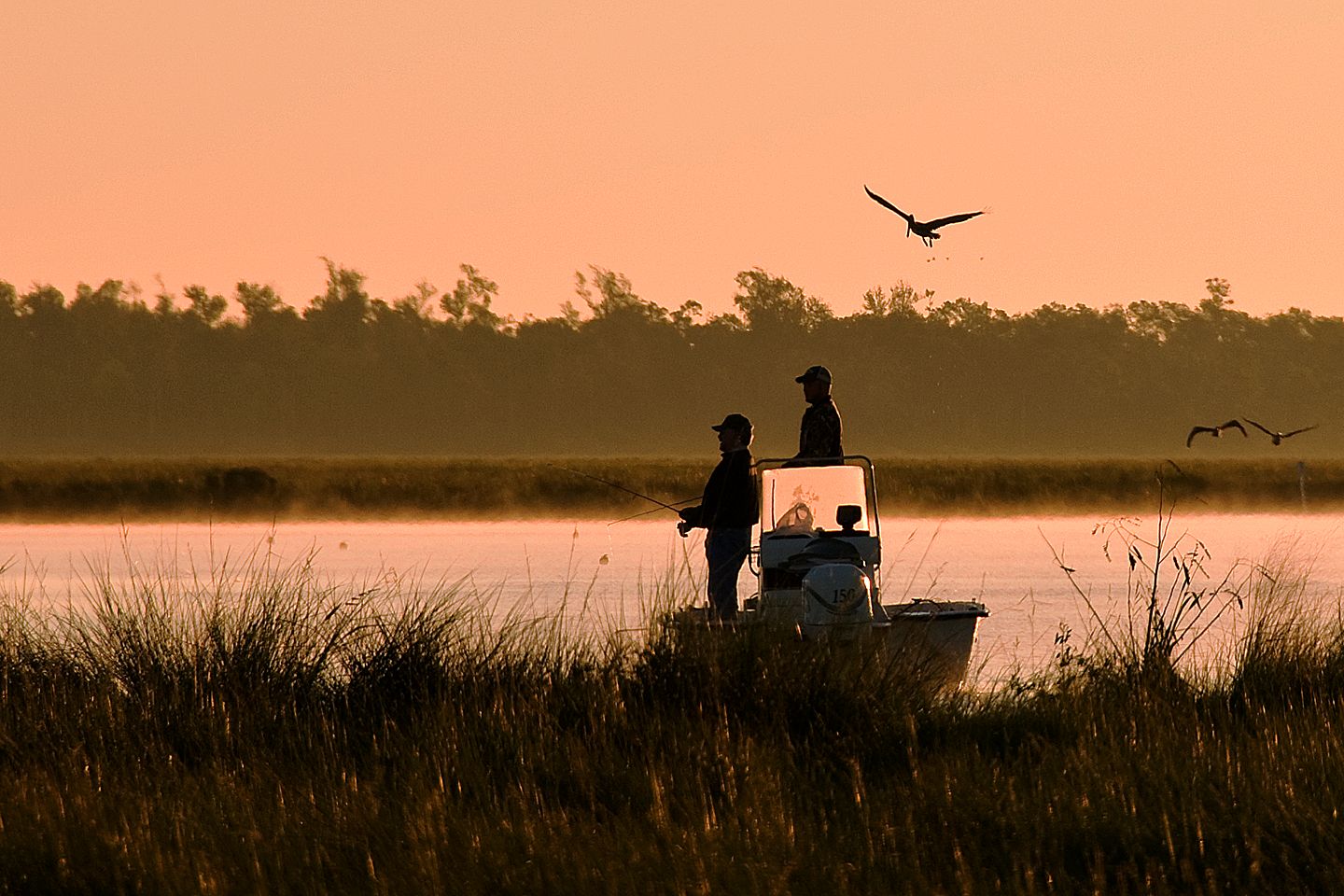Louisiana’s Mysterious Floating Logging Camps

Have you ever wondered about the floating logging camps of Louisiana? These unique camps, once bustling with activity, floated on the bayous and rivers. Workers lived and worked on these floating structures, cutting and transporting timber. Imagine waking up each day surrounded by water, with the sounds of nature all around. These camps were not just workplaces but also homes for many. They played a crucial role in the logging industry, helping to transport logs to mills. Today, they are a fascinating part of Louisiana's history, offering a glimpse into a bygone era.
Louisiana's Mysterious Floating Logging Camps
Louisiana's swamps and bayous are home to some of the most intriguing and mysterious floating logging camps. These camps, once bustling with activity, now stand as silent witnesses to a bygone era. Let's dive into some of the most fascinating floating logging camps in Louisiana.
1. Atchafalaya Basin
The Atchafalaya Basin, the largest swamp in the United States, is a prime location for floating logging camps. These camps were essential for the logging industry, providing a base for workers to live and process timber.
- History: The Atchafalaya Basin was a hub for cypress logging in the late 19th and early 20th centuries.
- Mystery: Many of the camps were abandoned quickly, leaving behind tools and personal belongings.
- Current State: Some camps have been reclaimed by nature, while others remain eerily intact.
2. Caddo Lake
Caddo Lake, straddling the Louisiana-Texas border, is another hotspot for floating logging camps. The lake's maze of waterways made it an ideal location for logging operations.
- History: Logging began in the late 1800s, with camps set up on floating platforms.
- Mystery: Stories of ghostly apparitions and unexplained noises abound.
- Current State: Many of the camps have sunk, but remnants can still be found.
3. Honey Island Swamp
Honey Island Swamp, known for its rich biodiversity, also harbors the remnants of floating logging camps. These camps played a crucial role in the local economy during the logging boom.
- History: Logging in Honey Island Swamp peaked in the early 1900s.
- Mystery: Local legends speak of strange creatures and unexplained phenomena.
- Current State: Some camps are accessible by boat, offering a glimpse into the past.
4. Pearl River
The Pearl River, flowing through Louisiana and Mississippi, was another key area for floating logging camps. The river's wide, slow-moving waters made it perfect for transporting logs.
- History: Logging camps along the Pearl River date back to the late 1800s.
- Mystery: Abandoned camps often have an eerie, haunted feel.
- Current State: Many camps have been overtaken by vegetation, but some structures remain visible.
5. Bayou Teche
Bayou Teche, a 125-mile-long waterway in southern Louisiana, was a significant logging route. Floating camps along the bayou were vital for processing and transporting timber.
- History: Logging on Bayou Teche began in the mid-1800s.
- Mystery: Tales of ghostly loggers and mysterious lights are common.
- Current State: Some camps have been preserved as historical sites, while others have decayed.
6. Black Bayou
Black Bayou, with its dark, reflective waters, is another location where floating logging camps once thrived. These camps were essential for the logging industry in the region.
- History: Logging in Black Bayou peaked in the early 20th century.
- Mystery: Local folklore includes stories of haunted camps and unexplained events.
- Current State: Many camps have disappeared, but a few remnants can still be found.
7. Lake Maurepas
Lake Maurepas, a large, shallow lake in southeastern Louisiana, was a key area for floating logging camps. The lake's calm waters made it ideal for logging operations.
- History: Logging on Lake Maurepas began in the late 1800s.
- Mystery: Reports of ghostly figures and strange noises are common.
- Current State: Some camps have been submerged, but others remain partially intact.
8. Bayou Bartholomew
Bayou Bartholomew, the longest bayou in the world, was a major logging route. Floating camps along the bayou were crucial for the logging industry.
- History: Logging on Bayou Bartholomew began in the mid-1800s.
- Mystery: Legends of haunted camps and mysterious disappearances persist.
- Current State: Some camps have been preserved, while others have been lost to time.
The Allure of Louisiana's Floating Logging Camps
Louisiana's floating logging camps offer a unique glimpse into the past. These camps, once bustling with activity, now stand as silent witnesses to a bygone era. Exploring them, you can almost hear the echoes of loggers at work and feel the pulse of a community built on water. The blend of history and nature creates an unforgettable experience. Whether you're a history buff or just love adventure, these camps are worth a visit. They remind us of the ingenuity and resilience of those who lived and worked there. So, next time you're in Louisiana, take a detour to explore these fascinating relics. You'll leave with a deeper appreciation for the state's rich history and the people who shaped it.

